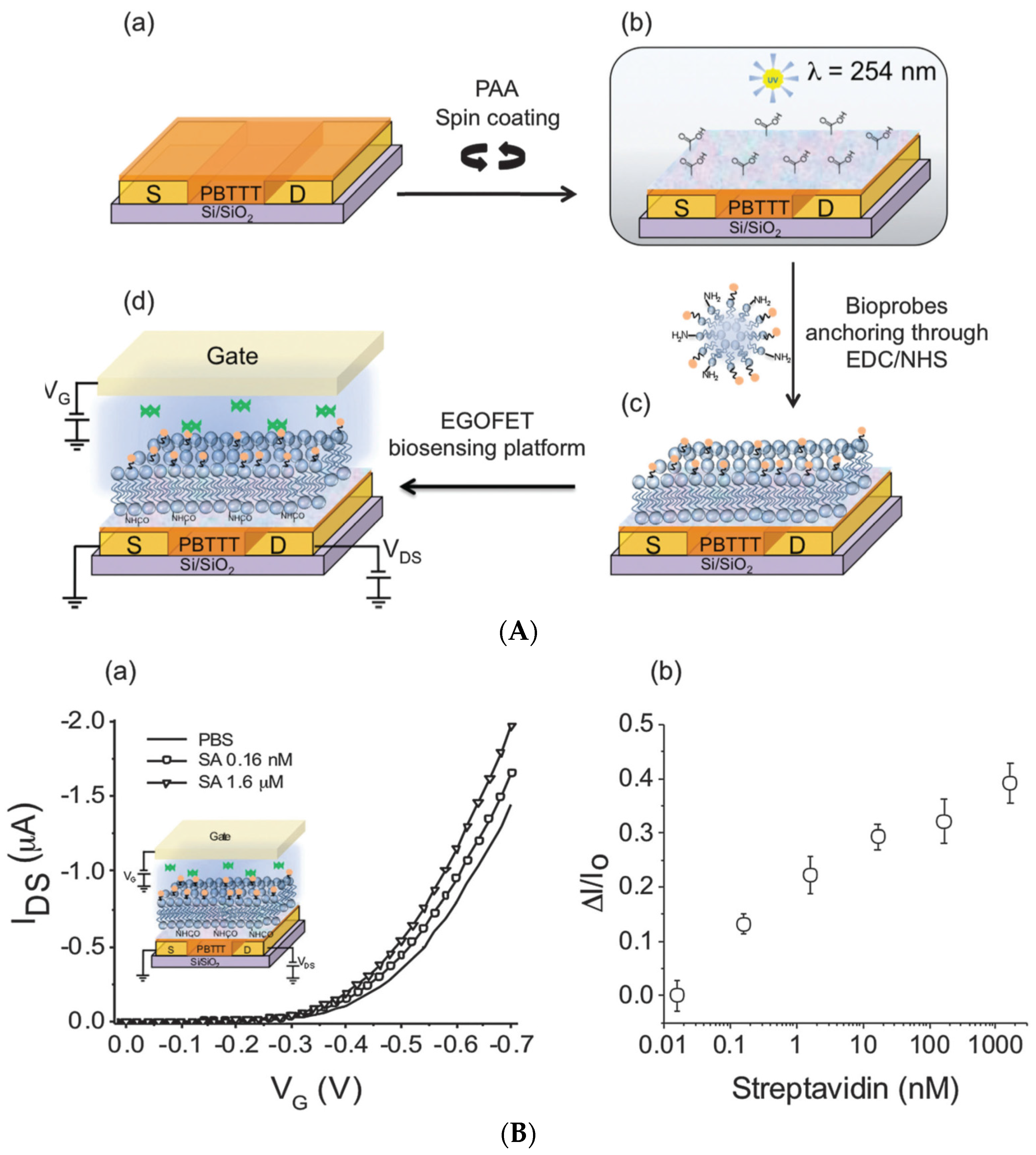
This delay in isolating infected carriers is severely hampering the suppression of infection chains 7. Owing to the limited capacity of these laboratories and the required logistics, results are typically communicated one to several days after sample collection. However, RT-PCR requires complex sample processing in specialized, well-instrumented laboratories. Testing currently relies on PCR with reverse transcription (RT-PCR)-a well-established diagnostic method with close to single-molecule sensitivity 6. Molecular testing has, therefore, become an essential tool in global attempts to curb the coronavirus disease 2019 (COVID-19) pandemic 5. Owing to airborne transmission 2 and a large share of symptom-free but infective carriers 3, 4, this virus defies traditional suppression measures that are based on the isolation of symptomatic individuals. Severe acute respiratory syndrome coronavirus 2 (SARS-CoV-2) had caused 2.5 million fatalities as of February 2021 ( ) and may remain a worldwide health and economic burden for several years 1. We used the sensors to detect green fluorescent protein, and severe acute respiratory syndrome coronavirus-2 (SARS-CoV-2) and Middle East respiratory syndrome coronavirus (MERS-CoV) spike proteins, and for the COVID-19 screening of unprocessed clinical nasopharyngeal swab and saliva samples with a wide range of viral loads. The devices provide results after 10 min of exposure to 5 μl of unprocessed samples, maintain high specificity and single-molecule sensitivity in human saliva and serum, and can be reprogrammed to detect any protein antigen if a corresponding specific nanobody is available.


The sensors combine a solution-processable conjugated polymer in the transistor channel and high-density and orientation-controlled bioconjugation of nanobody–Sp圜atcher fusion proteins on disposable gate electrodes. Here, we report on nanobody-functionalized organic electrochemical transistors with a modular architecture for the rapid quantification of single-molecule-to-nanomolar levels of specific antigens in complex bodily fluids. The coronavirus disease 2019 (COVID-19) pandemic has highlighted the need for rapid and sensitive protein detection and quantification in simple and robust formats for widespread point-of-care applications.


 0 kommentar(er)
0 kommentar(er)
